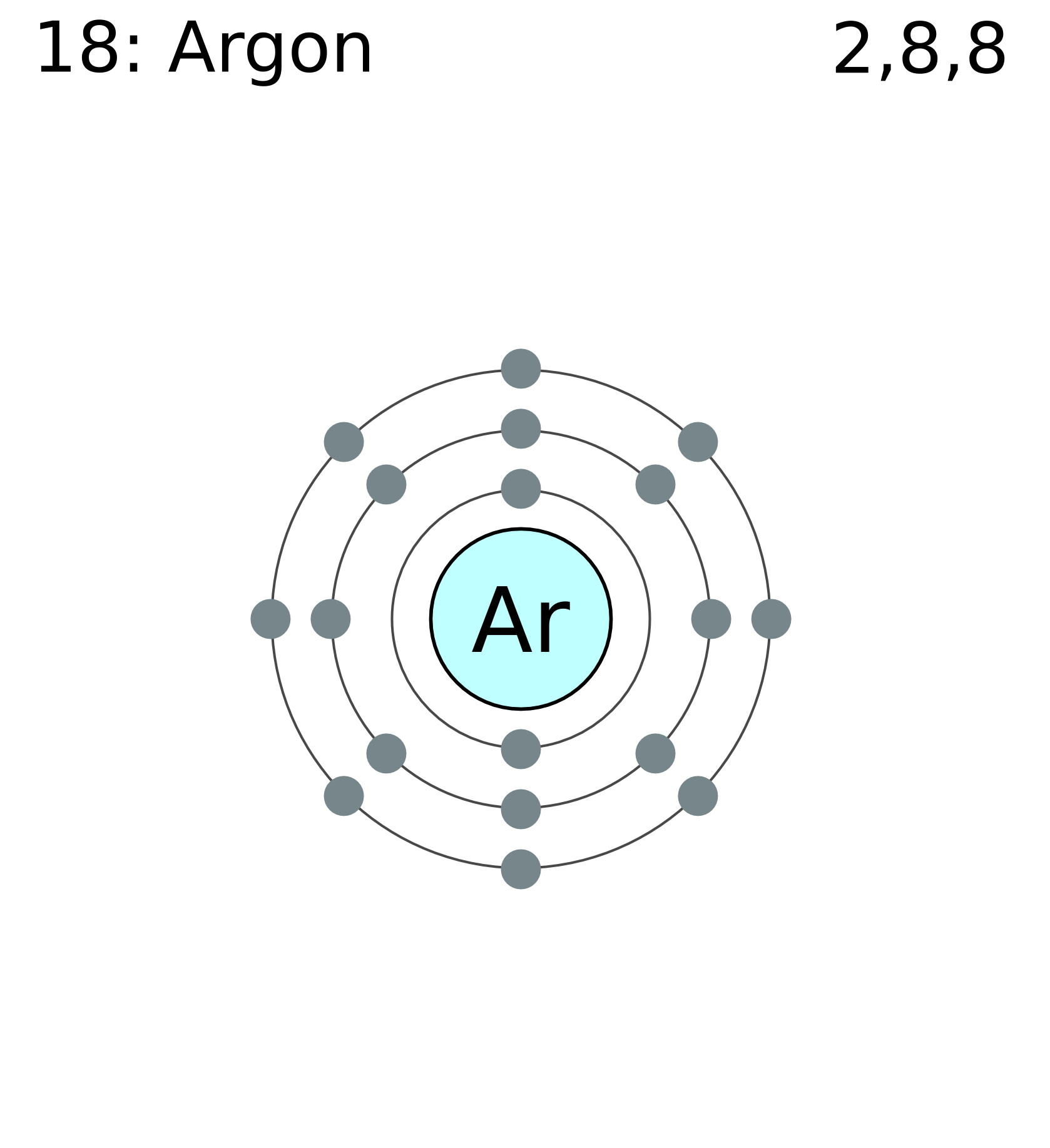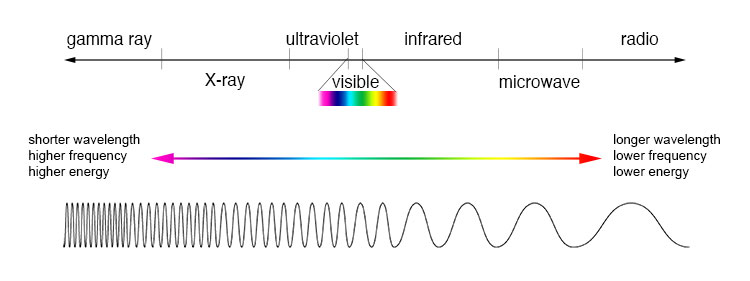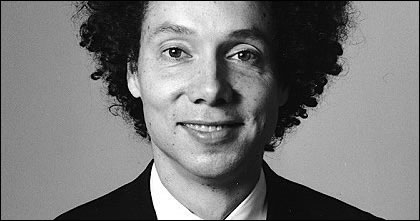SYNOPSIS FOR FRIDAY, DECEMBER 20, 2013
TEST:The class started off by taking questions about the test. Ms. Friedmann also stated she will grade the lab test over break. If you have not taken the test, please contact Ms. Friedmann.
LECTURES:
The next topic was the GBS Stoich-A-Thon that will take place after break. This is a day where our class, joined with others, will complete extremely difficult Stoich problems in order to prepare for the chemistry final the following week. This has been a hit in the past as well as a fund being raised simultaneously.
The "Spirit Fund" is established to allow students to participate in the school who are chosen to receive aid anonymously through socio-economic need. These students are among us are sometimes unable to participate in all the school activities due to life's other needs. The sincere expressions for participating in the life of the school makes the fund continue today. Life is more about Stoichiometry and the goal of this Stoich-A-Thon; it is helping other students in the process.
Ms. Friedmann then gave us an introduction to the 4-day unit that we will be completing before finals on the topic of nuclear chemistry. Ms. Friedmann made a point that this is more of a physics unit rather the chemistry.
She then began to show us "The Manhattan Project" video by National Geographic. This is a 50 minute video on that we were not able to finish in class due to time constraints. However, Mrs. Friedmann has posted the link to this 5-part documentary on YouTube. This will be posted on the Moodle page, so students have the opportunity to finish this video over the break.
HOMEWORK:
The homework over break is to raise money for the "Spirit Fund" over winter break.
It would also be great if students could finish watching this video over the break.
It is optional to start studying for the dreaded finals with the review packet that Mrs. Friedmann will post on the Moodle page for whomever wants to begin reviewing.
The next blogger for the Monday after break is...Kevin M.











